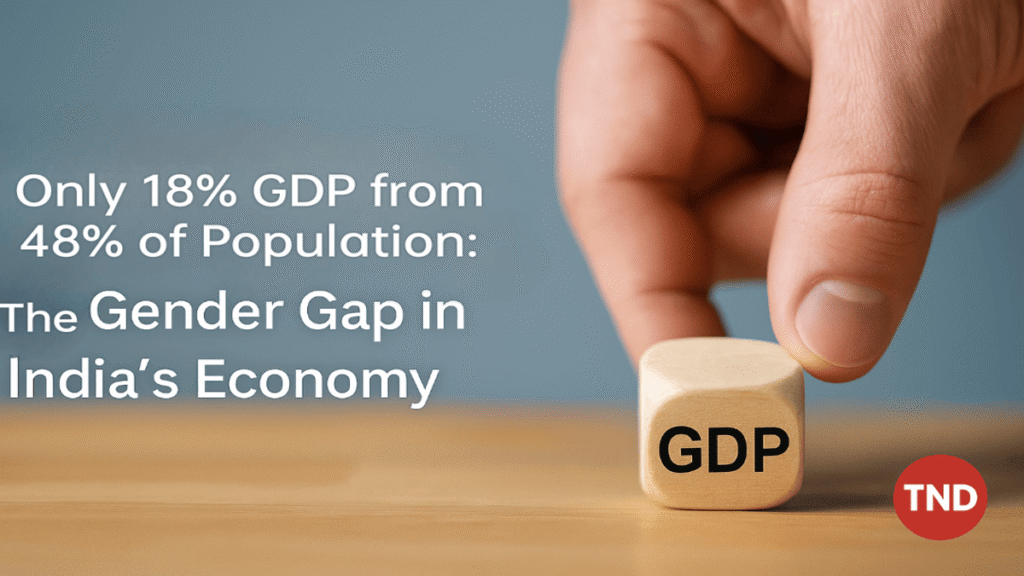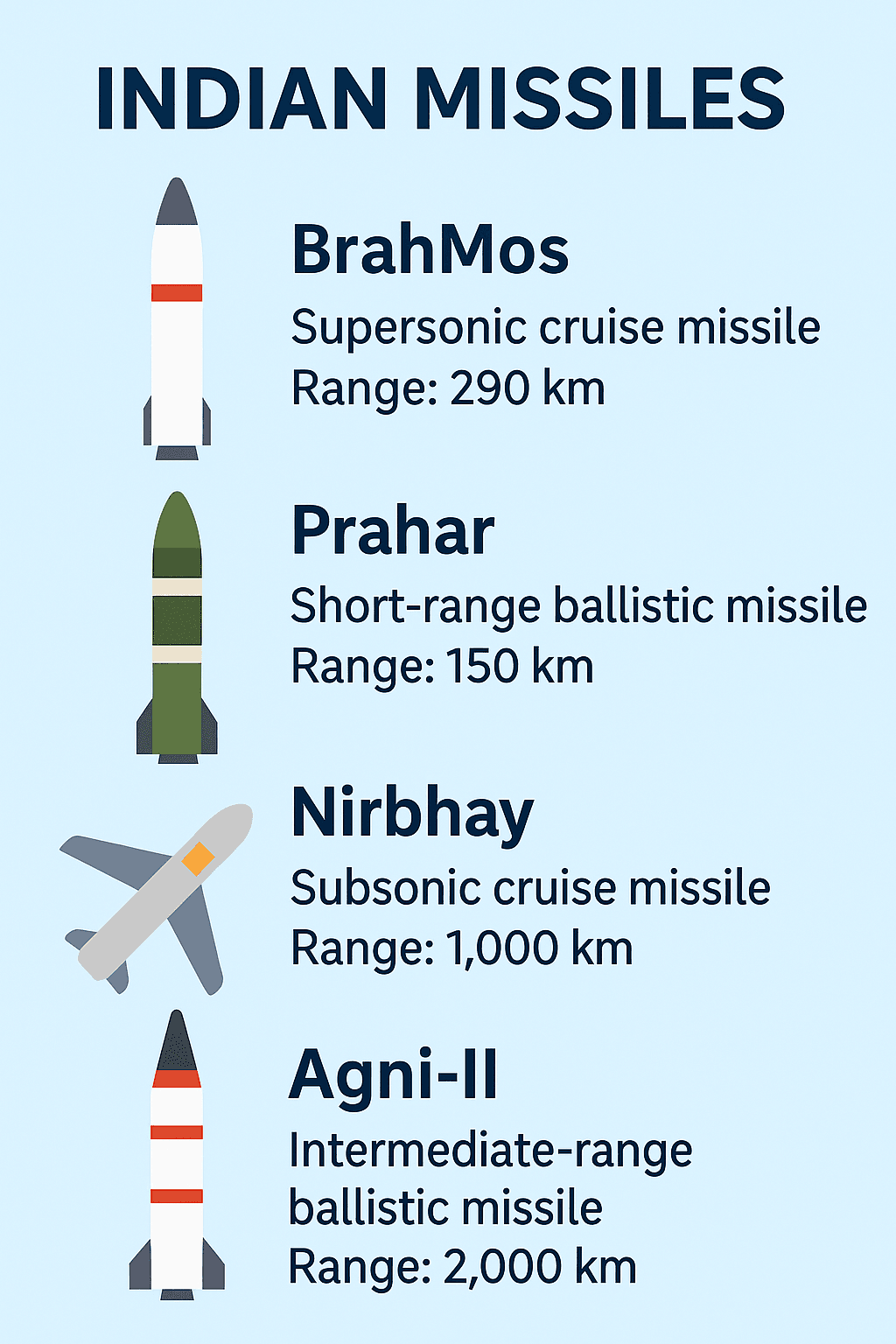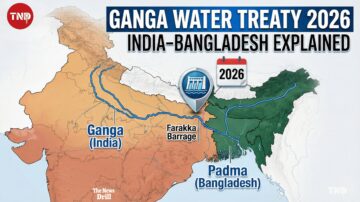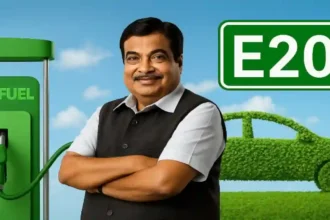
Despite constituting nearly 48% of India’s population, women contribute a mere 18% to the nation’s Gross Domestic Product (GDP), according to recent studies. This glaring discrepancy in women GDP contribution underscores deeply rooted structural and societal challenges that inhibit women’s full participation in the Indian economy. In a nation striving to become a $5 trillion economy, ignoring women’s contribution to GDP in India is not only unjust but economically short sighted.
- Understanding the Gap in Women GDP Contribution
- Barriers to Women’s Economic Participation
- Women’s Contribution to GDP in India: The Hidden Economy
- Impact of Low Women GDP Contribution on National Growth
- Government Initiatives to Improve Women’s Economic Participation
- Private Sector’s Role in Enhancing Women GDP Contribution
- Regional Disparities in Women’s Contribution to GDP in India
- The Role of Education and Digital Inclusion
- Case Studies: Women Driving Economic Change
- Policy Recommendations to Improve Women GDP Contribution
- Conclusion: A Call to Action
Understanding the Gap in Women GDP Contribution
India’s economic narrative often highlights growth, development, and rising GDP figures. However, a closer look at the gendered aspect of economic participation paints a troubling picture. The low women GDP contribution is symptomatic of systemic inequalities in access to education, employment, capital, and decision making roles.
According to the National Sample Survey Office (NSSO) and the Periodic Labour Force Survey (PLFS), female labor force participation in India has seen a steady decline over the past two decades. From around 30% in 1990, it dipped below 20% in recent years. This drop is significant when assessing women’s contribution to GDP in India.
Barriers to Women’s Economic Participation
Several factors contribute to the restricted women GDP contribution in India. These include:
1. Social Norms and Patriarchy
Cultural expectations and traditional gender roles often confine women to unpaid domestic work. Although essential, this labor does not reflect in GDP calculations, leading to an undervaluation of women’s economic contribution.
2. Lack of Access to Education and Skill Development
Many women in India do not receive the education or vocational training necessary for employment in the formal sector. According to UNESCO, around 39% of girls drop out of school before completing secondary education.
3. Employment in Informal Sectors
A significant portion of working women are employed in the informal economy domestic work, agriculture, or small scale home industries where income is low and jobs lack security. This results in underrepresentation in GDP data.
4. Workplace Discrimination and Wage Gaps
Women face discrimination in hiring, promotion, and pay. The gender pay gap in India is estimated at around 19%, which further reduces the real economic value of women’s work.
5. Safety and Mobility Issues
Concerns about safety and lack of reliable transport prevent many women from commuting to work, especially in semi urban and rural areas.
Women’s Contribution to GDP in India: The Hidden Economy
One of the most overlooked aspects of women GDP contribution is unpaid work. According to the OECD, Indian women spend nearly 6 hours a day on unpaid care work compared to men’s 52 minutes. This labor, though excluded from traditional GDP metrics, sustains families and enables the working population.
Studies by the International Labour Organization (ILO) suggest that if unpaid work were valued, women’s contribution to GDP in India could rise dramatically. Including this invisible labor in economic planning is crucial for a holistic view of national productivity.
Impact of Low Women GDP Contribution on National Growth
Economic models show that gender parity in labor participation could significantly boost GDP. A McKinsey Global Institute report suggests that advancing gender equality could add $770 billion to India’s GDP by 2025.
Moreover, higher women GDP contribution leads to inclusive growth, better household welfare, and improved educational outcomes for future generations. Conversely, ignoring women’s contribution to GDP in India hampers economic sustainability.
Government Initiatives to Improve Women’s Economic Participation
In recent years, the Indian government has launched several initiatives aimed at improving women’s participation in the economy:
- Beti Bachao Beti Padhao: Promotes girl child education.
- Skill India Mission: Offers vocational training to women.
- Stand Up India: Provides loans to women entrepreneurs.
- MUDRA Yojana: Extends microcredit to women led small businesses.
While these programs have made some progress, their reach and implementation require strengthening to effectively raise women GDP contribution.
Private Sector’s Role in Enhancing Women GDP Contribution
Corporations must take proactive steps to include women at all levels of the workforce. Gender sensitive hiring policies, flexible work hours, maternity support, and robust anti harassment frameworks are essential to support women’s contribution to GDP in India.
Initiatives like gender balanced leadership teams and mentorship programs can also empower women to take on higher economic roles, further enhancing women GDP contribution.
Regional Disparities in Women’s Contribution to GDP in India
There are significant regional variations in female labor force participation. Southern and northeastern states like Kerala, Tamil Nadu, and Mizoram have higher rates of working women compared to northern states like Bihar and Uttar Pradesh.
This disparity highlights the importance of localized policy frameworks to improve women’s contribution to GDP in India. State governments must tailor interventions based on regional socio cultural dynamics.
The Role of Education and Digital Inclusion
Digital literacy and online platforms present new opportunities to boost women GDP contribution. Remote work, digital entrepreneurship, and access to e-learning can empower women from even the most conservative backgrounds.
Start-ups and NGOs have begun training women in digital skills, enabling them to earn from home, manage small businesses, or participate in the gig economy. These pathways are crucial in reshaping women’s contribution to GDP in India.
Case Studies: Women Driving Economic Change
SEWA (Self Employed Women’s Association): An inspiring example where thousands of women have gained financial independence through collective efforts.
Lijjat Papad: A women run cooperative that employs over 45,000 women, generating revenues exceeding ₹800 crore annually.Such success stories exemplify how enhancing women GDP contribution leads to grassroots economic transformation.
Such success stories exemplify how enhancing women GDP contribution leads to grassroots economic transformation.
Policy Recommendations to Improve Women GDP Contribution
- 1. Quantify and Recognize Unpaid Labor: Include unpaid care work in satellite accounts to reflect its true economic value.
- 2. Universal Childcare Services: Establish affordable crèches and daycare centers to enable women to work.
- 3. Stronger Legal Frameworks: Enforce laws related to maternity leave, equal pay, and workplace safety.
- 4. Incentivize Female Employment: Provide tax benefits to companies employing a higher proportion of women.
- 5. Skill Development and Education: Invest in STEM education for girls and vocational training for women.
- 6. Targeted Entrepreneurship Programs: Expand credit facilities and mentorship for women led businesses.
Conclusion: A Call to Action
The low women GDP contribution is not a reflection of capability, but of missed opportunity. Women’s contribution to GDP in India can no longer be sidelined if the nation hopes to achieve equitable and sustained economic growth.
Empowering women economically is not just about gender justice it is smart economics. Whether through targeted policy, corporate responsibility, or social change, India must bridge the gender gap in GDP contribution.
As the world increasingly recognizes the importance of inclusive growth, India has a chance to lead by example. Prioritizing women GDP contribution is essential to unlocking the full potential of the Indian economy.
Stay Connected for more updates on gender equality, economic reforms, and inclusive development, stay tuned to The News Drill.
Have a story or tip? Contact us at editor@thenewsdrill.com
Visit our contributor page to share your perspective.
















